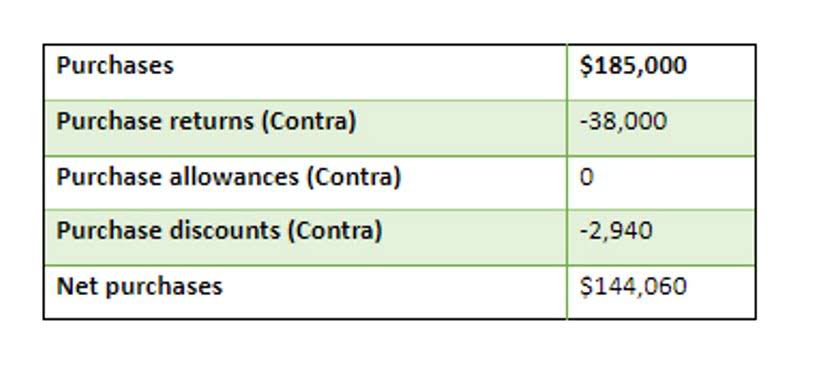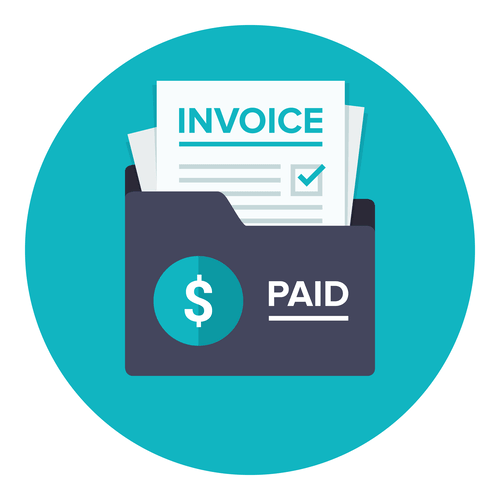
Finally, remember that managing cash flow is not a one-time task but a continuous process. Regularly review and update the cash flow forecast, and ensure that the business practices align with the cash flow management strategy. Creating positive cash flow in a construction business income statement is all about managing working capital – the liquid cash you have in your bank account available to pay bills, wages, and expenses.
- This involves ensuring transparency and accuracy in financial statements, which is essential for compliance with regulatory standards.
- Cash is the king of payments, but it’s also important to occasionally accept electronic payments.
- Identify any potential times of risk and work to adjust those expenses until you can comfortably cover the costs.
- Estimating income projections is a pivotal aspect of construction project financial planning.
- This can help measure if you’re able to cover your bills and keep your business moving forward.
Streamlining Invoicing and Payment Collection
It is recommended that all relevant employees from different levels of the company are involved in this process. This is highly important for identifying and cutting unnecessary expenses and ensuring that sustainable and lasting changes are implemented. With a proper dispute resolution clause in place, contractors, subs, and suppliers can avoid taking their disputes into litigation. Good invoicing requires close coordination between the project manager and the office or credit manager.
What Is a Construction Schedule of Values? Free Template Download
Let’s examine some practical tips and strategies designed to help construction professionals navigate the financial complexities of keeping cash flow robust and projects on track. From optimizing billing practices to managing expenses and leveraging technology, these insights aim to bolster a project’s cash position. On the flip side, accounts payable (AP) represents the money you owe to suppliers, subcontractors, and other vendors. Managing AP is like controlling the flow of materials to a construction site – you need Partnership Accounting to ensure a steady supply without overextending your resources. The construction industry frequently deals with payment delays from clients, especially in larger projects where invoices can be processed slowly.

Optimization of Capital Utilization in Construction Projects
This statistic underscores the criticality of cash flow in construction, making it a pivotal factor that distinguishes project success from setbacks. It influences the ability to meet financial obligations, procure necessary resources, and maintain a healthy working capital throughout the project’s lifecycle. Contractors must align cash flow considerations with project timelines and milestones, ensuring that funds are available when needed most. Failure to manage money effectively can lead to disruptions in project timelines, strained relationships with suppliers and subcontractors, and, ultimately, financial instability for the construction firm. Effective cash flow in construction involves a combination of proactive planning, efficient resource allocation, strategic financial decisions, and leveraging technology to maintain a healthy flow of funds. Implementing these strategies helps mitigate risks, ensures financial stability, and contributes to the successful completion of construction projects.

- Relying heavily on a single large contract poses a significant financial risk, especially for subcontractors due to the “pay when paid” clause that is common in many contracts.
- This keeps your cash flow moving when a project requires more time, money or resources than originally thought.
- In the event of claims or disputes, having a comprehensive understanding of the legal framework allows construction companies to navigate these situations adeptly.
- Developing a cash flow schedule and accounting for variances create robust financial plans.
- This is where a significant portion of the budget is spent, involving heavy outflows for direct costs including labor, materials, equipment, and other construction-related expenses.
- To witness your construction project touching height, always keep cash flow as the top priority.
- You’ll need to add all your income streams to understand the money flowing into your business.
One of the widely used financing options for construction businesses is a line of credit. Lines of credit provide a predetermined credit limit that businesses can draw upon as needed. Offering a safety net during cash flow gaps, these solutions allow contractors to cover immediate expenses, such as payroll or material costs, without resorting to more permanent and structured loans.
As the saying goes, “Cash is king,” and for construction companies, effective cash flow management is the key to a prosperous kingdom. Embracing technology can streamline financial processes and enhance cash flow management. Construction companies can leverage accounting software, project management tools, and financial dashboards to gain real-time insights into their financial position and make informed decisions.

Try cash flow forecasting 📊

This delay can create significant cash flow gaps, impacting a company’s ability to pay suppliers and subcontractors on time. A well-managed cash flow demonstrates financial health and stability, making it easier for construction companies to attract investment or secure financing. Therefore, cash flow management strategies in construction help to forecast whether there is enough funding throughout the project lifecycle (i.e., excess income, shortfall). Construction projects may require significant upfront capital, and having access to strategic financing or lines of credit can bridge the cash flow gap.

Each of these financial instruments has its own advantages and drawbacks, and their selection should align with the overall financial strategy of the project. Finally, businesses generally look at both cash flow statements and cash flow projections. While a cash flow statement gives a good sense of how cash has been flowing in the past, cash flow projections provide an estimate of how cash flow will be in the future. By evaluating known (and expected) expenses and known (and expected) revenues, companies can construction cash flow determine where they may have upcoming cash flow shortfalls. In response, companies may choose to use debt financing or adjust project timelines to ensure they have enough cash on hand to fulfill their obligations.
